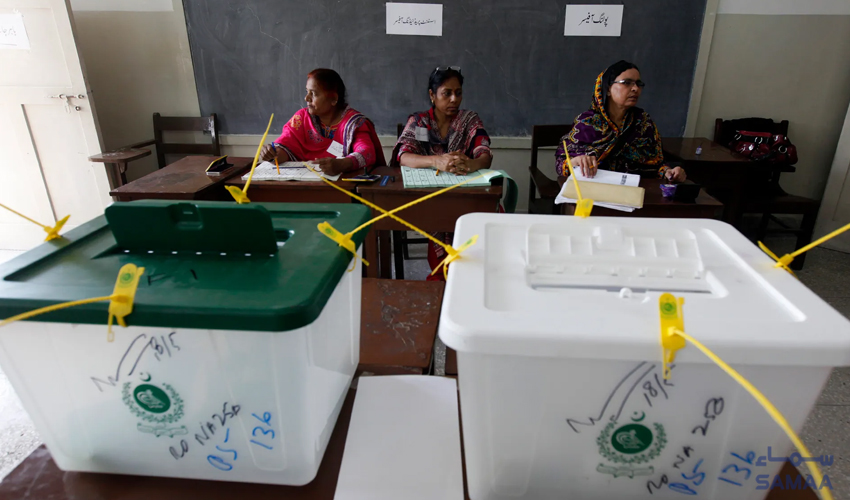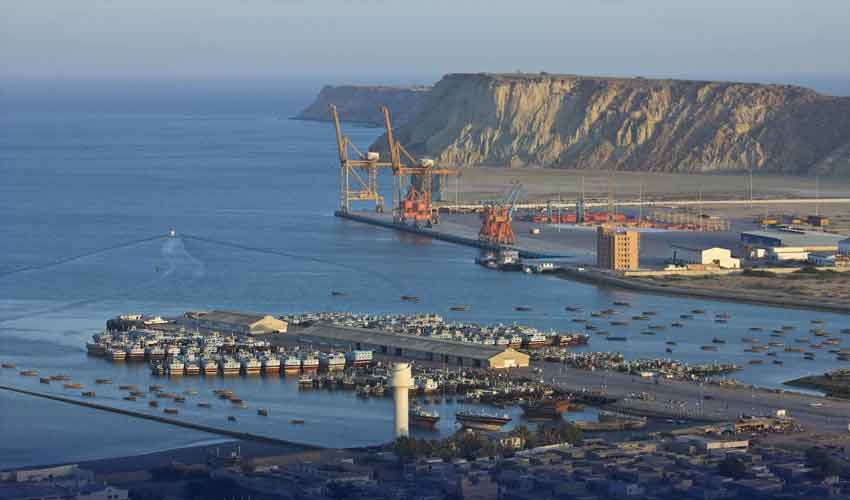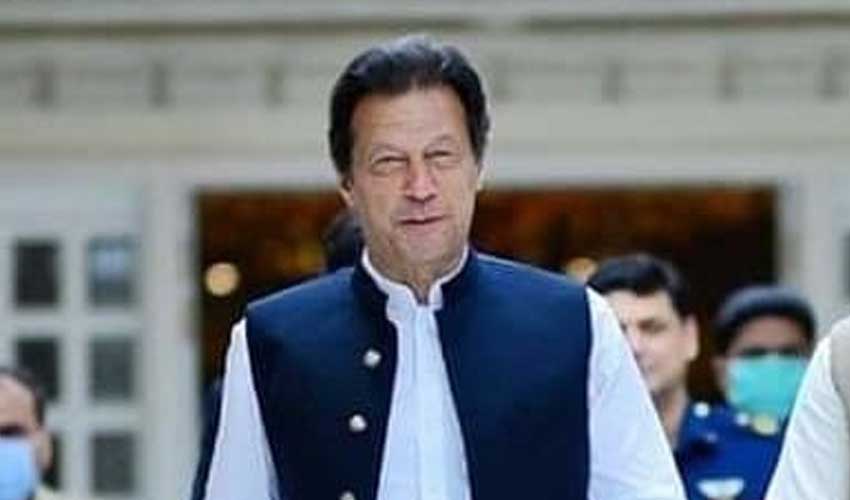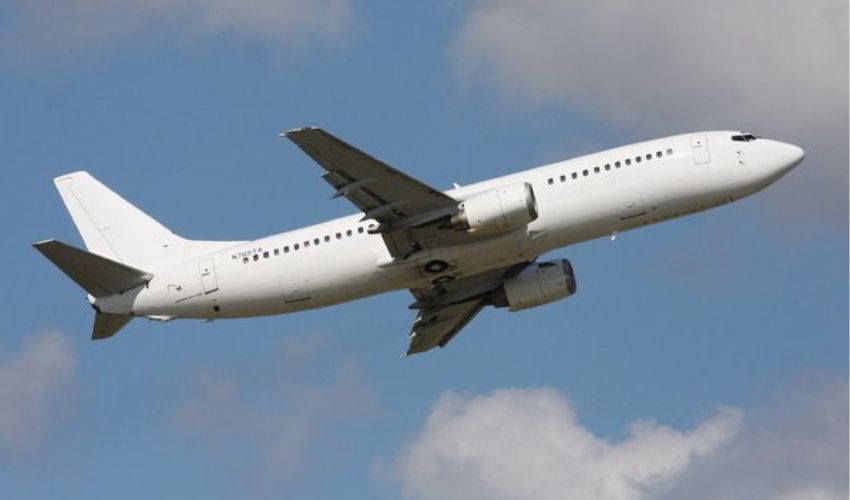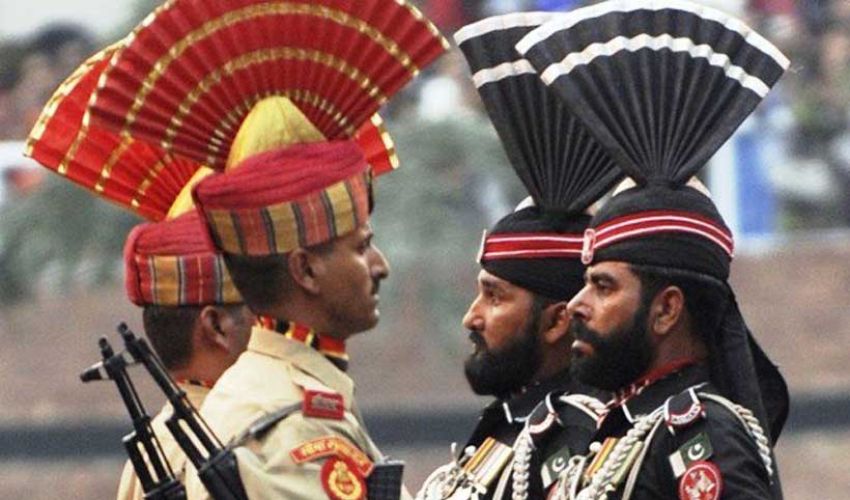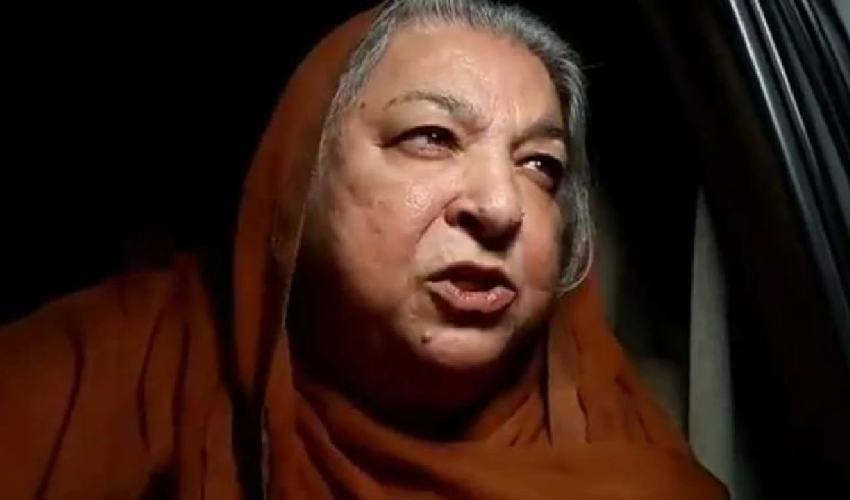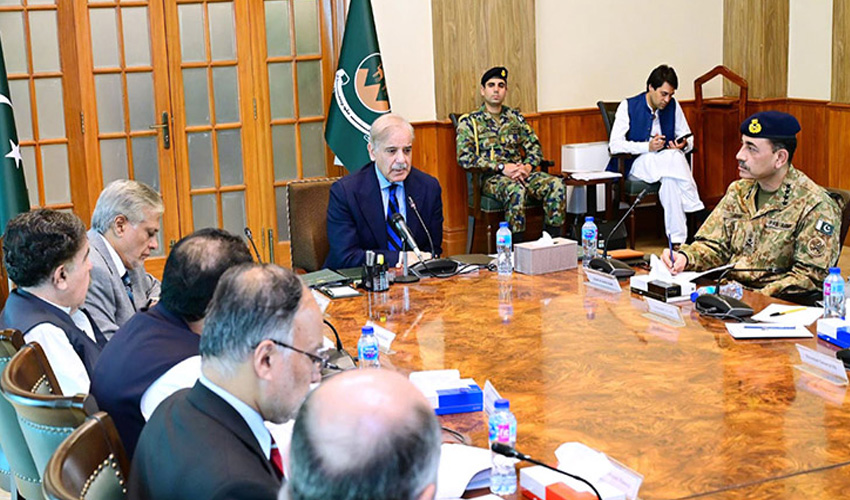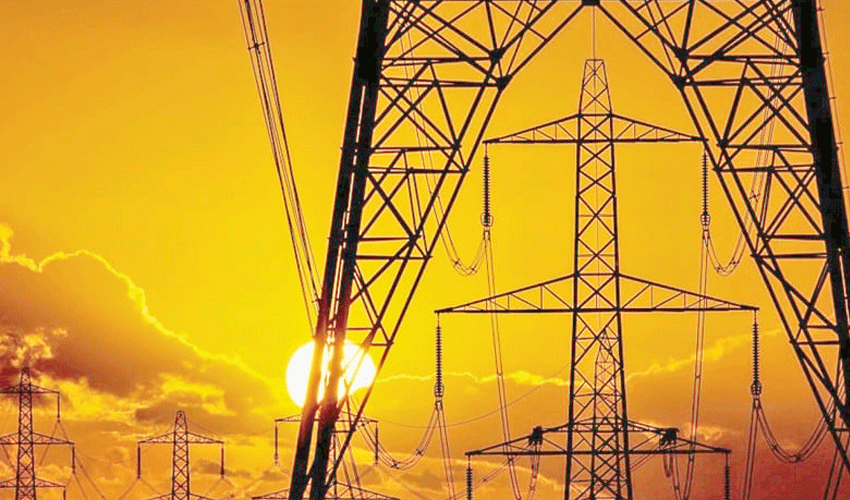The year 2023 was expected to be an election year after months of delay. But now, after the election commission announced the date for polls, Pakistan is all set to hold its general elections on Feb 8, 2024.
After examining the number of voters over the last five years from the data issued by the Election Commission of Pakistan (ECP), the changes from 2018 to 2023 show a compelling insight into the dynamics of the electoral participation of the public. In 2023, the total number of voters increased to 127 million, as of July 25, 2023, from 106m in 2018. This shows an increase in the number of voters by 21 million over the last five years.
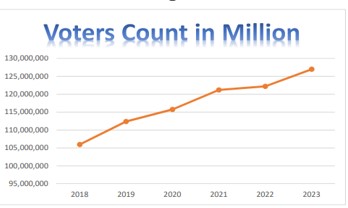
Province and year-wise comparison
In terms of provinces, Punjab -- the most populated one with up to 72.3 million registered voters – makes up 56.9% of the nation’s entire electorate in comparison with 2018 i.e. 60.6 million.
In 2018, the number of voters in Sindh was 22.3 million, which has now increased to 26.6m. The north-western region of Khyber Pakhtunkhwa -- the third-largest province by population after merging with the erstwhile FATA – had 17.8 million voters in 2018; this number has risen to 21.6m in 2023.
Balochistan, the largest province of Pakistan by area but the least populated one – comprised 4.2 million voters in 2018, which has increased to 5.2m in 2023.
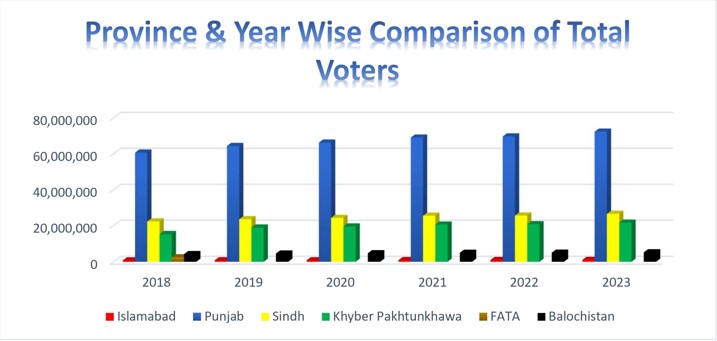
Male and female voter comparison
As per the latest data by the Election Commission of Pakistan (ECP), there has been a critical change in the gender-wise distribution of citizens. In the five-year timeframe from 2018 to 2023, the number of male voters has appreciated by almost 10m, ascending from 59.2m in 2018 to 68.5m in 2023.
The male voters represent 54% of the nation’s total electorate, whereas women comprise around 46% of the total voter population of the country.

Age-wise comparison
While delving into the age-wise data, the youth population aged between 18 and 35 constitutes roughly 57.1 million eligible voters, making up 45% of the total electorate. In comparison, during the 2018 elections, this age bracket accounted for 43.8% of the voters.
Also, there are around 27 million voters aged between 36 and 45 years, accounting for 21.88% of the total number of voters. Combining these two age groups, they add up to 84.81 million voters, which is about two-thirds of the overall 127 million voters.

The maximum number of eligible voters -- about 72 million (56%) -- are residents of Punjab.
Balochistan contributes 5.28 million voters, accounting for 4.2% of the total registered voters of the country, while there are 26.6 million voters in Sindh, making it the second most populous -- 21% of the total -- in terms of number of voters.

Khyber Pakhtunkhwa, which now also includes the districts of former Fata, has almost 17.1% of the total voters of the country. The country’s capital, Islamabad, boasts just over a million voters.





